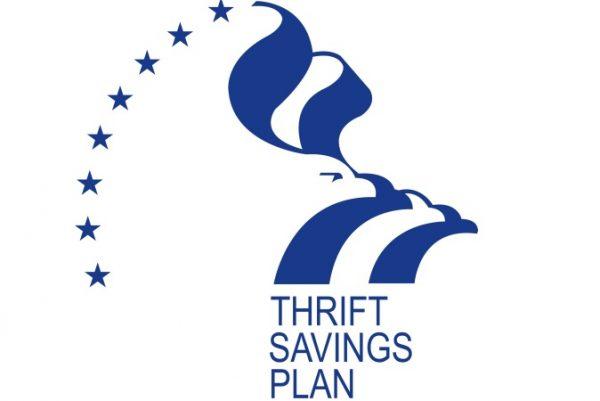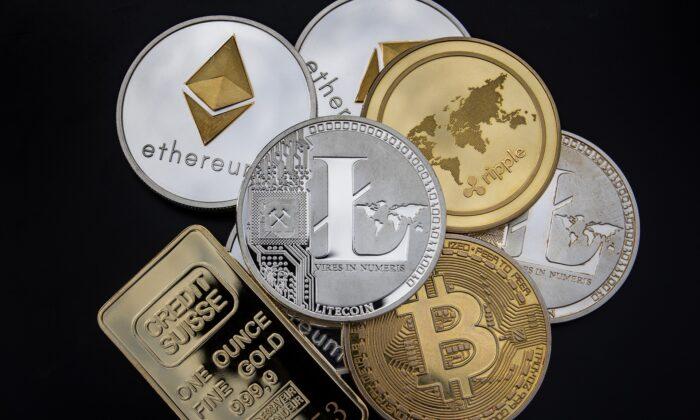Ah, the allure of the G fund. A popular fund that is invested in treasury securities, and traditionally one of the safest investments available, the G fund is guaranteed by the federal government.
Barring the total collapse of the United States government, the government pays the interest. The “safety” and backing of Uncle Sam earmarks this fund as a very attractive option for those investing in the Thrift Savings Plan (TSP).
The largest defined contribution plan in the world, the TSP is a tax-deferred savings and investment plan for federal employees. It has over six million participants, totaling over 770 billion dollars spread among its 15 funds (including the Lifecycle funds, a diversified mix of other TSP funds). Roughly 260 billion dollars—a sizable 33 percent—is in the Government Securities Investment Fund, or G fund, alone.
Don’t Confuse Safe with Risk-Free
When talking with participants of the G fund, the word “safe” is often synonymous with the fund itself. Suppose you were to analyze the fund from a volatility perspective. In that case, it is certainly not very volatile, particularly considering the volatility of some of the other funds offered by the TSP.However, though the G fund has performed exceptionally well in the past—as high as 8.9 percent in 1990—the lucrative returns achieved soon after its inception have been steadily declining.

A Brief History of Returns
First introduced in 1987, the G fund has not procured an annual return of five percent or higher since 2002. With a YTD return of 0.44 percent, the first quarter of 2022 does not appear to be off to a great start either.Although the G fund has not seen particularly profitable returns of late, one may argue that the allure of the G fund is not the belief that it will make you a TSP millionaire. It is attractive because the federal government backs it, and it cannot lose money—Uncle Sam guarantees it. Plus, who wants to watch their retirement account plunge like they did in 2008?
While it is true that the government guarantees you will (likely) never see a negative nominal return for the G fund on your statement, this does not mean that there is no risk to your portfolio, and thus your retirement.
According to the United States Bureau of Labor Statistics, the average inflation rate for the past ten years is 2.89 percent. When comparing that to the 2.04 percent average return of the TSP in the past decade, a concerning predicament materializes.
Considering inflation, the G fund would have only had an average return of 0.15 percent over the past decade. To put this into perspective, according to the Federal Deposit Insurance Corporation (FDIC), the national average interest rate for savings accounts sits at 0.06 percent APY (annual percentage yield).

Use 2008 as a Lesson
As the great Yogi Berra once said, “A nickel ain’t worth a dime anymore.”Lower interest rates, combined with historically lower inflation rates, are also causing typical lower-risk investments to return very little as well. Many Americans’ angst of economic uncertainty over the last several years has driven them toward perceived “safer” investments such as treasury bonds, thus raising the value while driving down returns.
For those federal employees who invested heavily or wholly in the G fund after the 2008 financial crisis, fearing another downturn, the perceived promise of “safety” that the G fund offers may not be exactly as they expected.
Though they undoubtedly will feel safer, especially after an economic downturn, the losses incurred from such an event as in 2008 will not likely be recouped, being that they moved over a significant portion of their retirement savings into a particularly conservative fund. This often hurts their retirement income goals.
The G fund has seen a steady decline in returns over the years, even without considering inflation.
The previous administration was not the first to propose a cut to the G fund, and will likely not be the last. But for politicians on both sides of the aisle, the deal is still too sweet. The G fund comes with a unique condition: should the government reach a debt ceiling, it can use money from the G fund without your permission. The guarantee of the U.S. government backs the repayment (with interest) of these funds.

Though the government has honored this guarantee in the past, this particular exercise of power is still a source of concern for many. This concern is further exacerbated by the federal government’s problematic track record of fiscal irresponsibility. Since 2008, the national debt has skyrocketed nearly 200 percent, reaching $30 trillion as of April 2022.
Where Should the G Fund Fit In Your Portfolio?
I do not want to demonize the G fund or tell anyone not to put money into it. However, while most everyone knows of the government’s guarantee, many do not consider outside aspects and the effects they may have on their portfolio.In the vast majority of cases, to earn a higher return every year, you will have to make riskier investments, in riskier funds. How much risk can you handle without breaking a sweat? The answer will be different for each individual, but must be considered.
The Epoch Times Copyright © 2022 The views and opinions expressed are only those of the authors. They are meant for general informational purposes only and should not be construed or interpreted as a recommendation or solicitation. The Epoch Times does not provide investment, tax, legal, financial planning, estate planning, or any other personal finance advice. The Epoch Times holds no liability for the accuracy or timeliness of the information provided.





